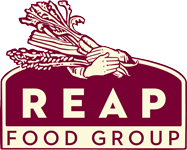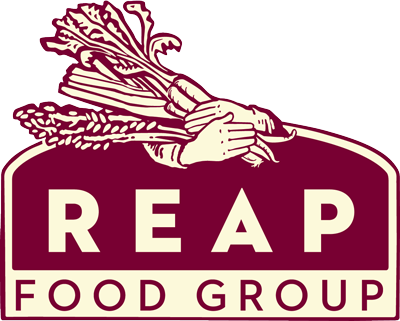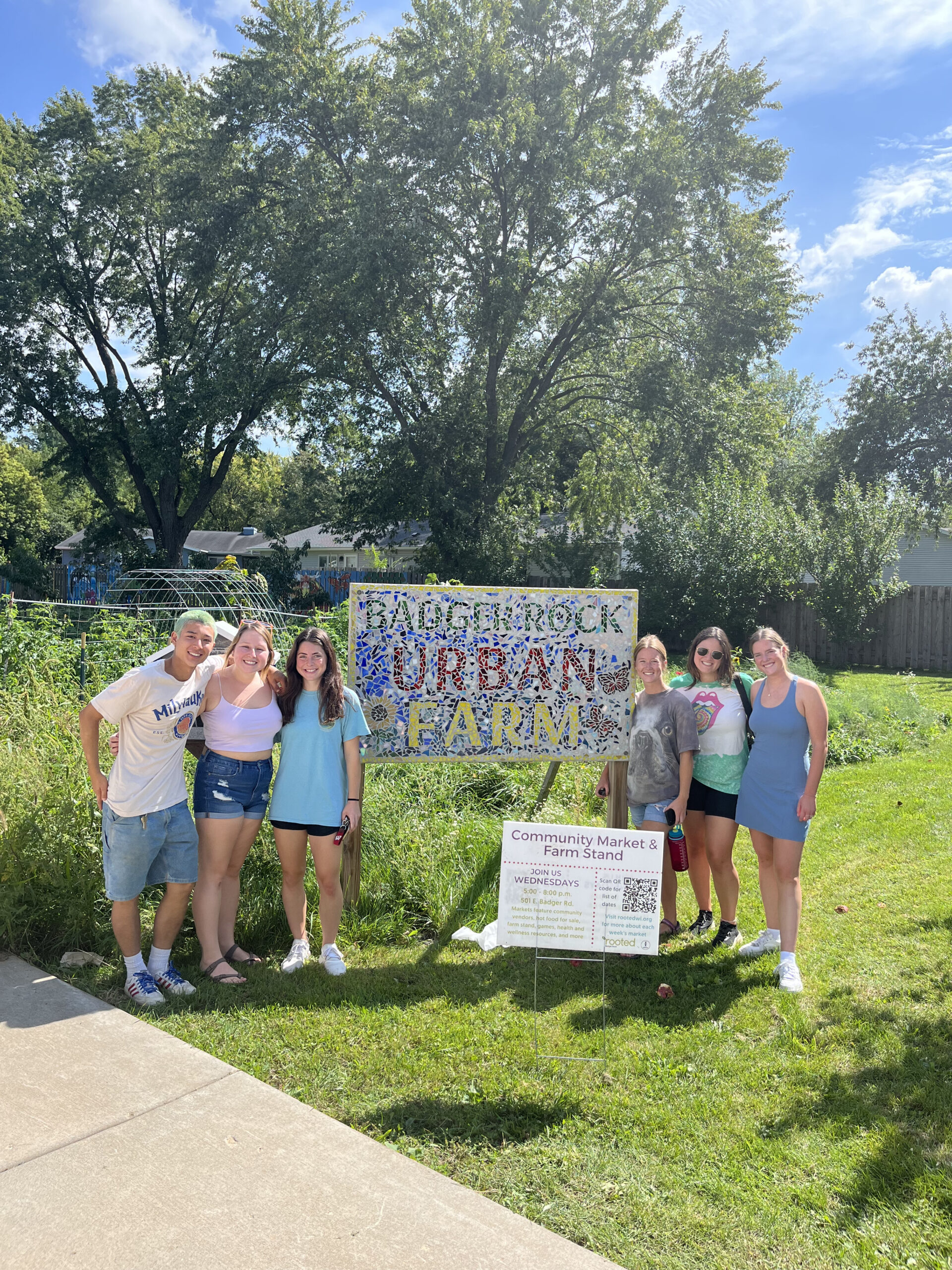As we mark 25 years catalyzing change in the local food landscape, REAP Food Group has even more reason to celebrate: in collaboration with multiple local partners, we recently received several grants spanning projects related to food systems, farmer access to markets, and food education in public schools. USDA This year the USDA Agricultural Marketing Service awarded more than $32 million for projects nationwide to expand and strengthen local and regional food systems through the Regional Food System Partnerships (RFSP) grant program and Farmers Market Promotion Program, and nearly $73 million for projects that support farmers growing specialty crops through the Specialty Crop Block Grant Program (SCBGP). REAP and partners submitted winning proposals for each grant program. In response to the effects of the COVID-19 pandemic on our regional food system, including the amplification of food system inequities, supply chain gaps, and more, many individuals and organizations in the 13-county area surrounding Madison knew the region had to address its vulnerabilities. A collection of food systems organizations and food councils in Dane County proposed the creation of a collaborative, community-driven process to assess food system gaps and weaknesses, and ultimately create a food action plan. An RFSP grant–one of only 10 in the nation–awarding almost $250,000, plus additional financial support from Dane County, will help create that plan. “The USDA Regional Food System Partnership grant awarded to REAP will allow for a deep community-engaged process, involving local farmers, food retailers, institutional buyers, food banks and pantries, community organizations, and local residents, that will inform the development of a long-desired food systems action plan for the Madison and Dane County region.” - Marcia Caton Campbell, Rooted READ THE FULL FOOD ACTION PLAN PRESS RELEASE HERE. Meanwhile, with USDA funds from both from the Farmers Market Promotion Program (FMPP) grant as well as Specialty Crop Block Grant via the WI Department of Agriculture, Trade, and Consumer Protection (DATCP), REAP plans to expand the 21-year-old Farm Fresh Atlas–an annual print and internet guide to sustainable family farms, farmers’ markets, grocers, and restaurants–to represent the entire state of Wisconsin. “Our primary objective is to implement an innovative marketing platform, elevating the experience for local food producers and consumers alike. Looking ahead, we aim to introduce valuable features to the Atlas, covering the entirety of Wisconsin and creating a comprehensive, centralized resource for consumers seeking locally sourced products.” - Noah Bloedorn, REAP Food Group NIFA Finally, the Food & Agriculture Service Learning Program (FASLP) announced 9 awardees whose proposals increase the knowledge of agricultural science and improve the nutritional health of children. The initiative is part of a broader effort to not only increase access to school meals for low-income children, but also to dramatically improve food quality. REAP’s winning proposal aims to integrate and expand food justice and education in MMSD schools by developing classroom curriculum, and offering high school students opportunities to engage local farmers and food justice leaders. Central to the project’s goals: help students build critical leadership skills that they can apply towards future careers. ...



